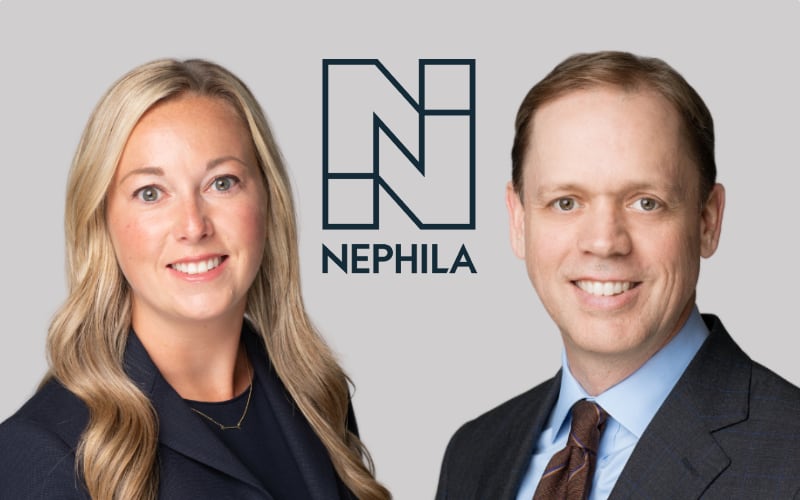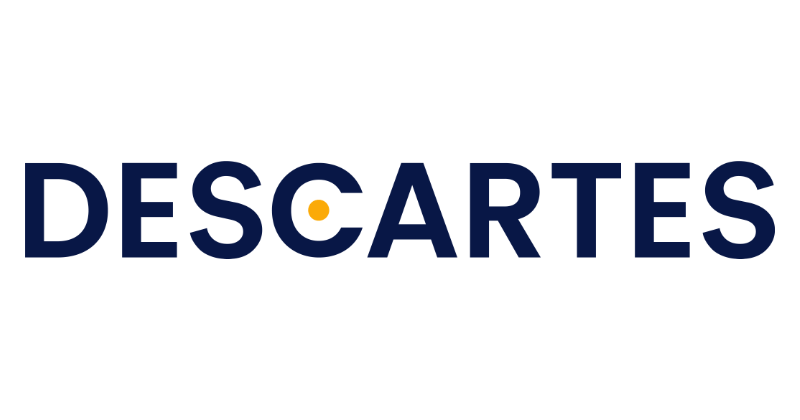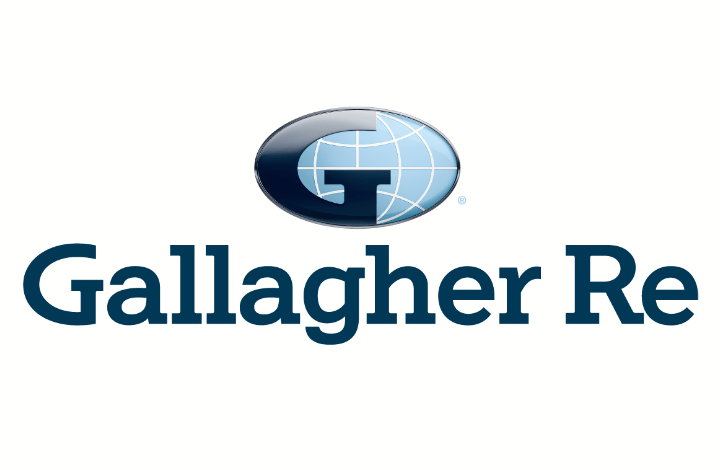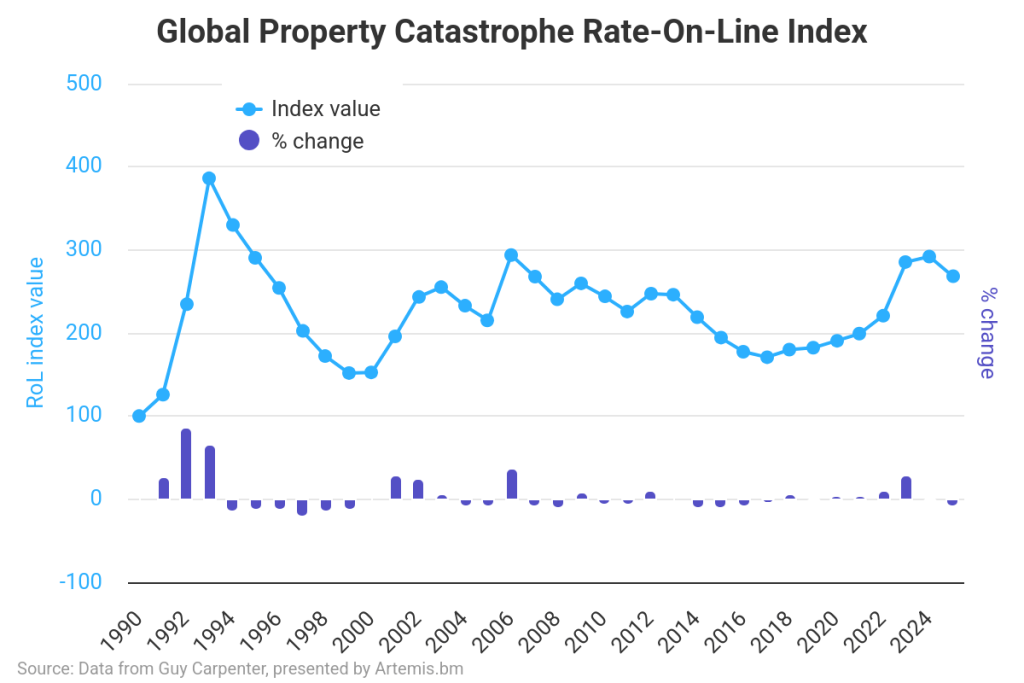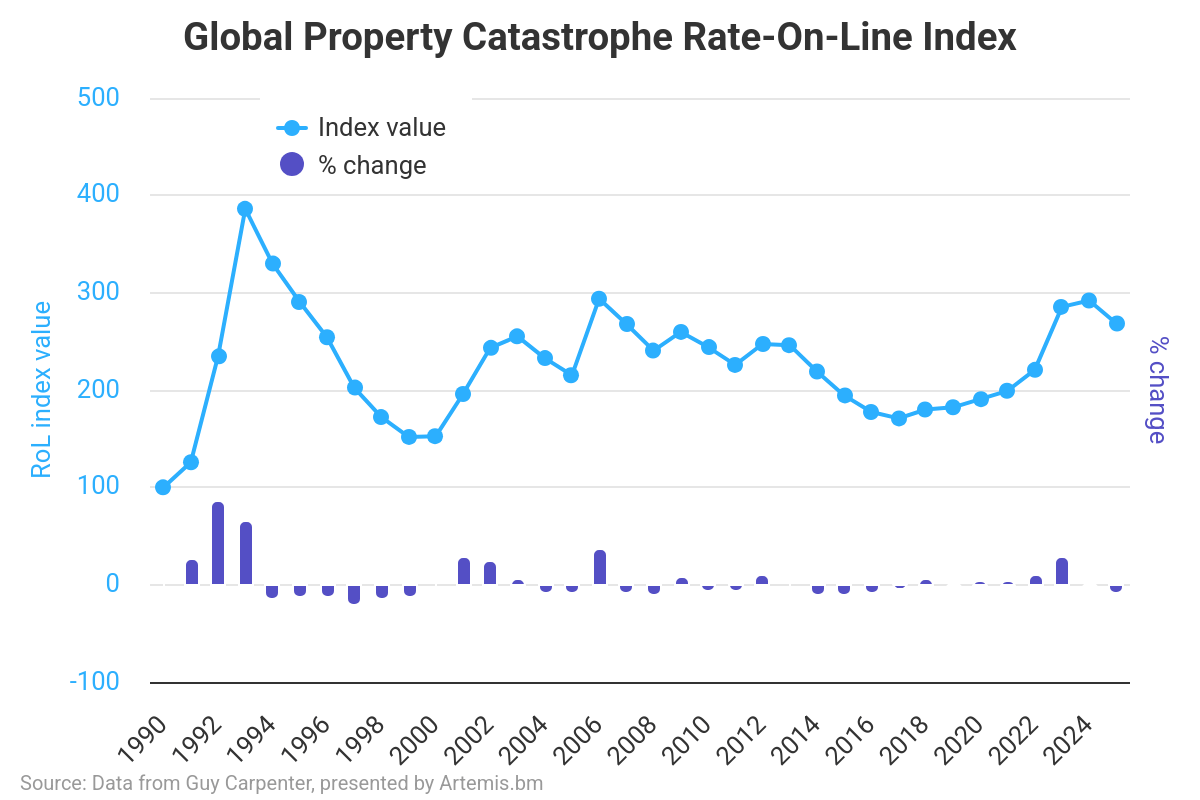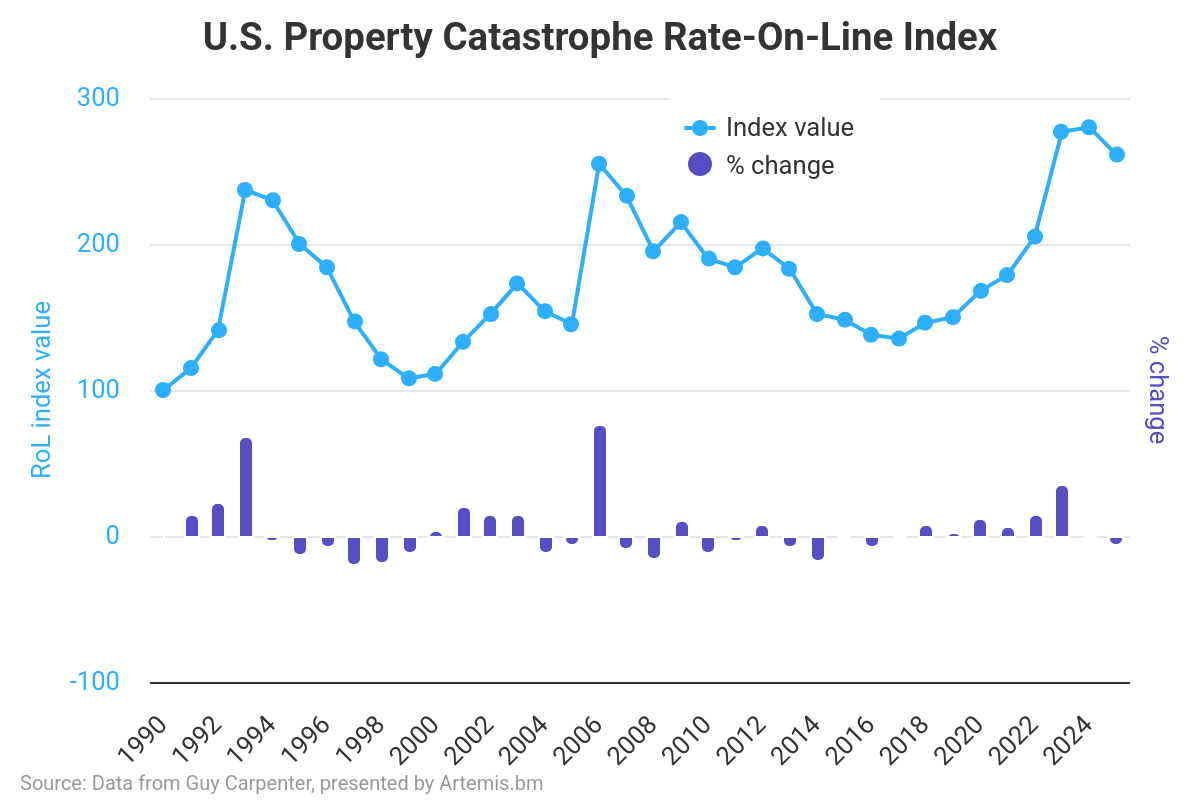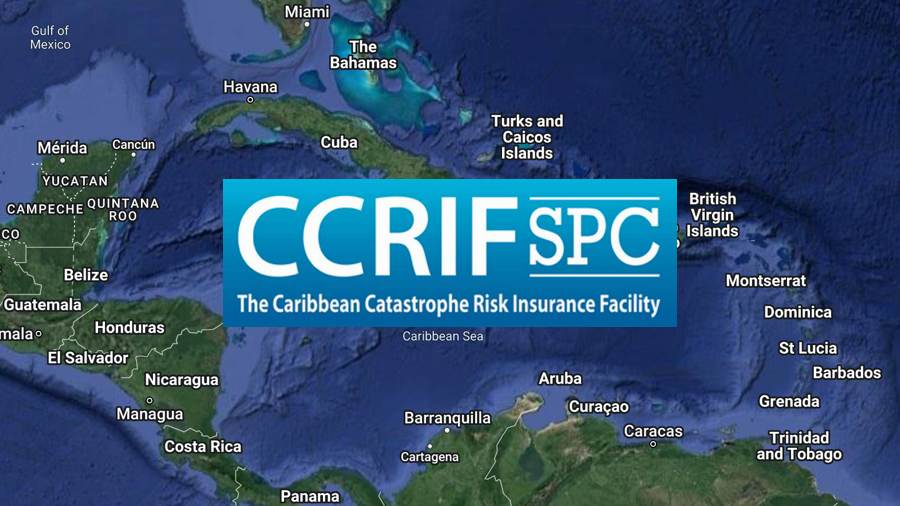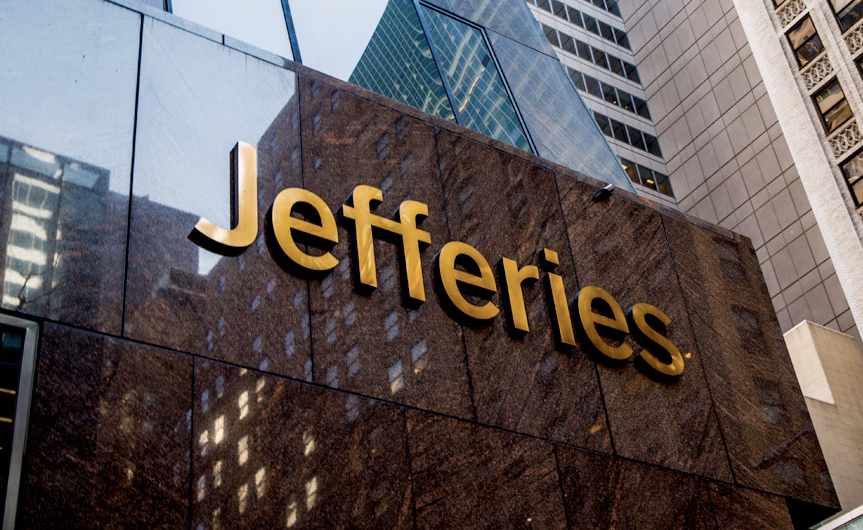This content is copyright to www.artemis.bm and should not appear anywhere else, or an infringement has occurred.
Reask, the catastrophe modelling and climate analytics specialist, has announced that it has launched a new alert service that gives insurers and catastrophe modelling teams early, region-specific insight into developing storms using advanced windfield forecasting.
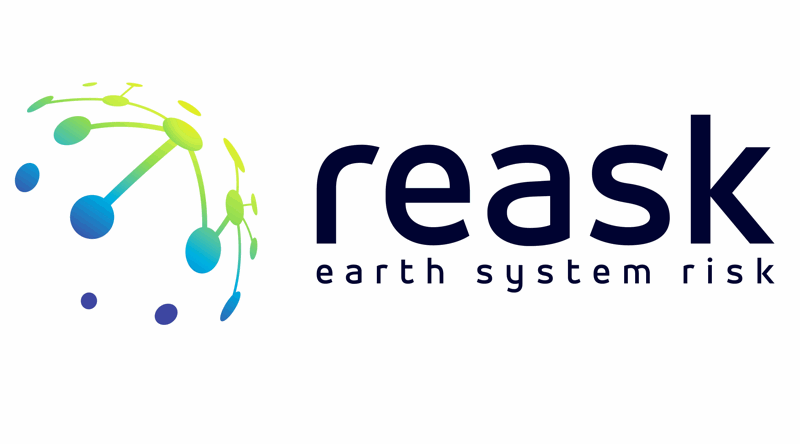 The alert service combines official agency tracks with Reask’s proprietary 1km resolution windfield overlays, delivering pre-landfall updates that are tailored towards selected regions.
The alert service combines official agency tracks with Reask’s proprietary 1km resolution windfield overlays, delivering pre-landfall updates that are tailored towards selected regions.
Reask’s new alert system is powered by LiveCyc, the organisation’s probabilistic forecast model, which has the ability to generate 1,000 scientifically plausible storm scenarios using agency forecasts, real-time climate signals, and decades of historical data.
These are then processed through the company’s peer-reviewed, 1km resolution wind model to produce a localised, probabilistic view of damaging winds, which will ultimately help insurers improve early loss estimations and prepare for events with better confidence.
Risk professionals can sign up to use this service, where they can select their regions of interest, and receive alerts by email as storms develop, with no platform or login required.
According to Reask, the alert system provides global coverage across all major tropical cyclone basins including the North Atlantic, North Indian Ocean, Eastern and Central North Pacific, South West Indian Ocean, Western North Pacific, Australian and South Pacific Ocean, and Global.
Each alert reportedly offers a summary of the storm’s name and identifier, its forecast issuance time and source agency, expected landfall region, official agency forecast track, as well as Reask’s high-resolution 1km windfield overlay.
However, while this provides a quick overview of potential wind impacts, users can also request access to Reask’s full pre-landfall forecasting suite if a more deeper analysis is needed.
Furthermore, Reask also noted that the increasing unpredictability of severe weather events has made traditional forecast tools less adequate for insurance-related decisions.
Thomas Loridan, Chief Science Officer at Reask, commented: “As climate volatility rises, relying on pre-computed data and single-track forecasts just isn’t enough to protect portfolios. Our pre-landfall forecast data is generated on the fly, grounded in physics and built specifically for exposure modelling — it’s a more reliable way to see what’s coming and act early.”
A recent instance showcasing the tool in action occurred in 2024, when US-based managing general agent Vave used the complete suite in preparation for Hurricane Helene.
Combining Reask’s forecasts with its internal exposure data, Vave was able to estimate loss ranges 48 hours before landfall, as well as monitor how risk shifted with forecast updates, and approach landfall day with a better picture of possible outcomes.
Furthermore, Reask also works with a number of leading insurance-linked securities (ILS) managers, providing them with its modelling and analytics capabilities.
Reask unveils global tropical cyclone alert service for insurers and cat modellers was published by: www.Artemis.bm
Our catastrophe bond deal directory
Sign up for our free weekly email newsletter here.



